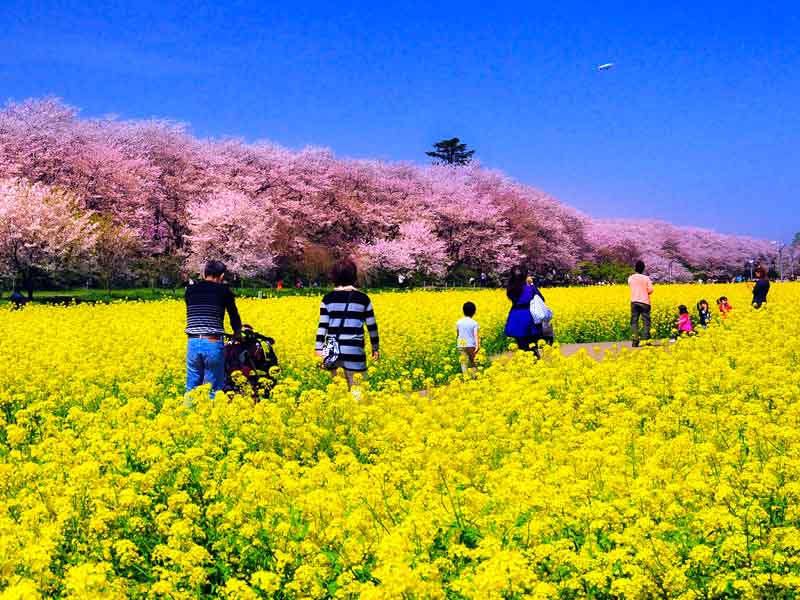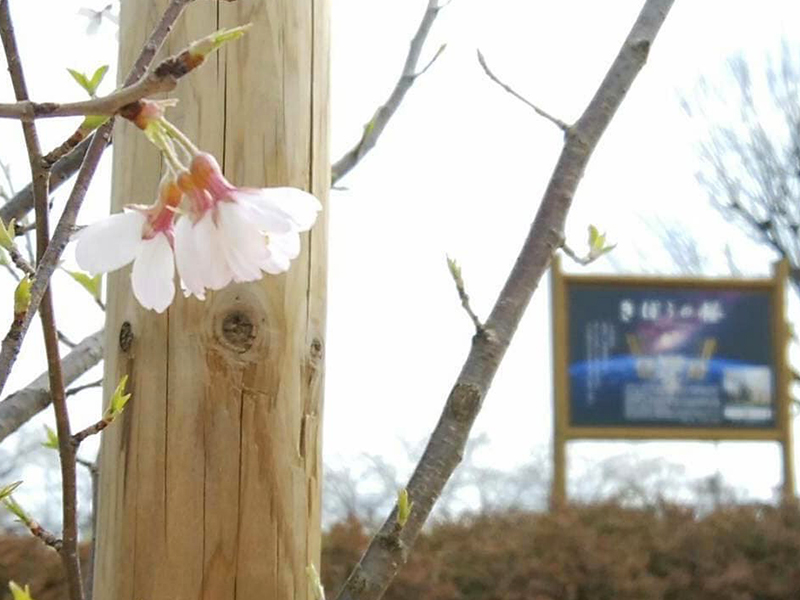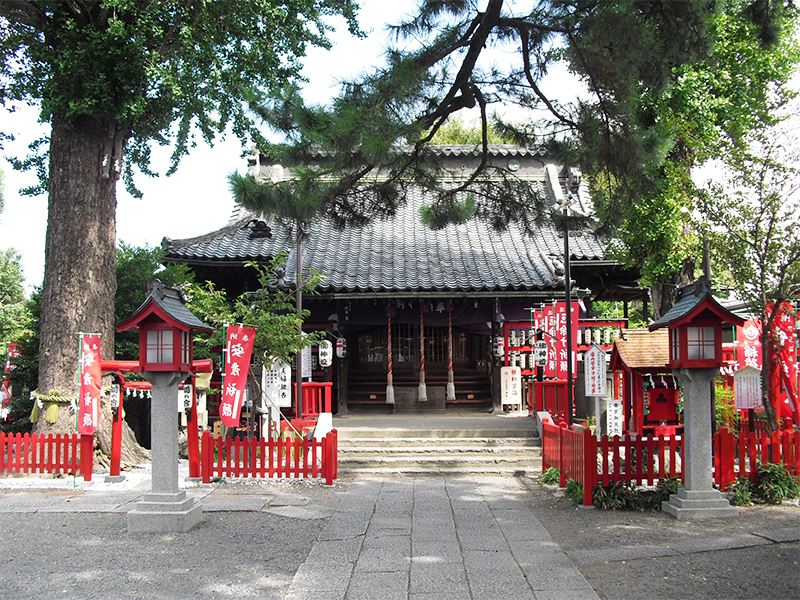Poppy Happy Square
sightseeing

This is the largest poppy flower field in Japan, spanning about 12.5 hectares. At the Poppy Festival in mid-May, you can enjoy refreshments, regional vegetables, and of course, flower picking! The view of Mt. Fuji from under the Onari bridge by the Arakawa river, where the field can be found, is known as one of the best views of Mt. Fuji. A truly spectacular and scenic view of red, pink, and orange poppies blooming all around you.
Basic Information
Location
Mamuro Arakawa Riverbed (near 1139-1 Takimamuro, Konosu City), Saitama Prefecture
TEL
048-541-1321(Konosu Flower Festival Executive Committee)
Event Information
Mid to late May
Business hours / Fee
Business hours
9:00~16:00
How to get there
Public transport
Transfer to the "Konosu City Community Bus Flower (Mamuro course)" from the west exit of Konosu station at the JR Takasaki line. Get off after 5 min at the bus stop "Kyushoku Center Mae". Walk for about 5 minutes.
Parking
There is a temporary parking lot only during the Poppy Festival, 500 yen per parking lot as a cultivation cooperation fund, Bus: 2000 yen per parking lot as a cultivation cooperation fee (reservation required) 1,000 yen for boarding and alighting only










